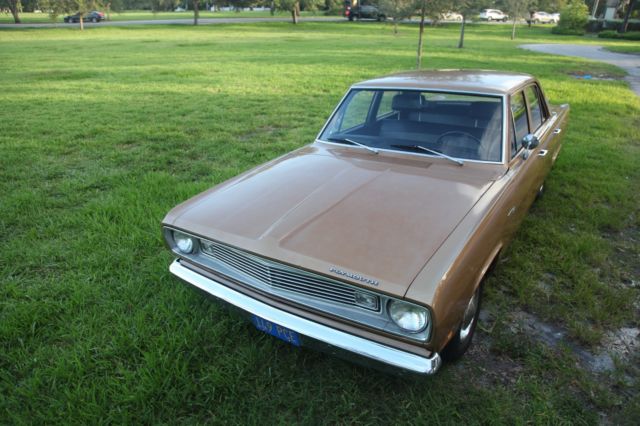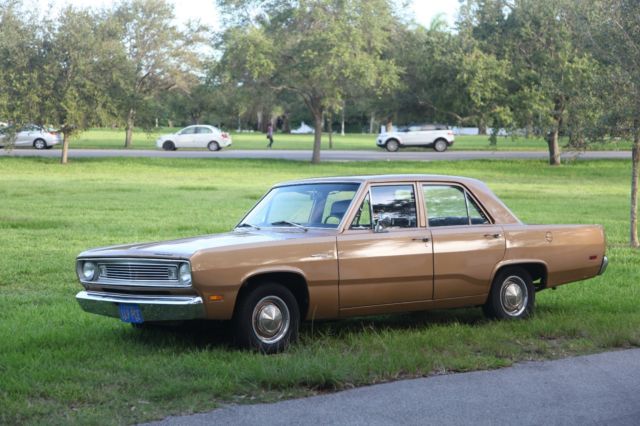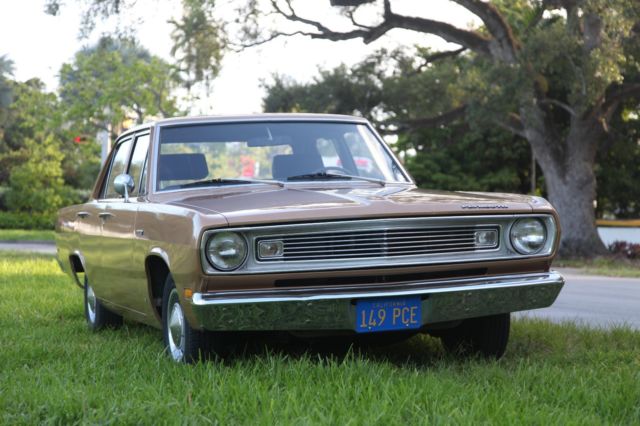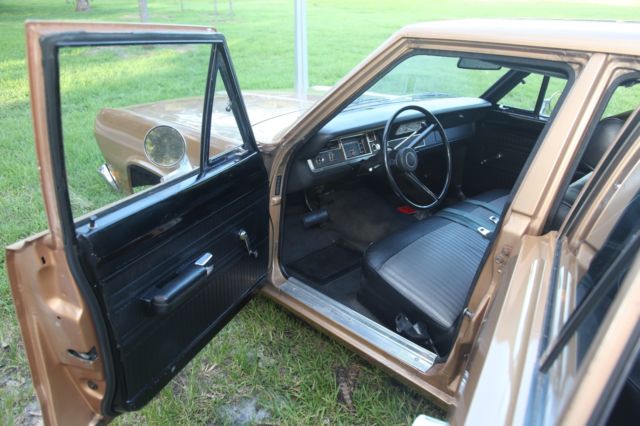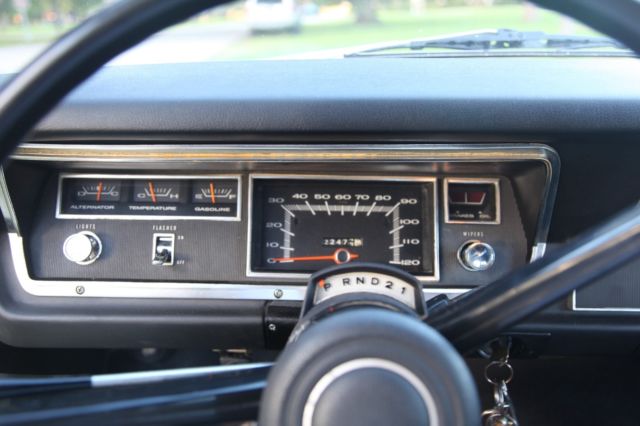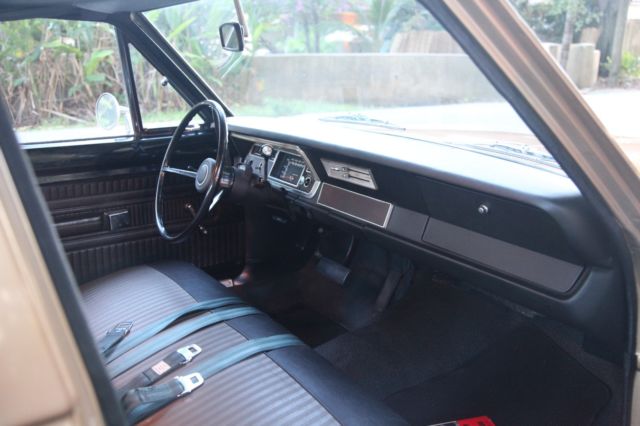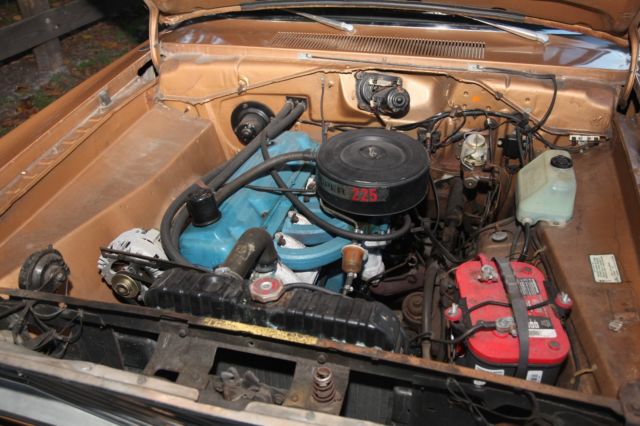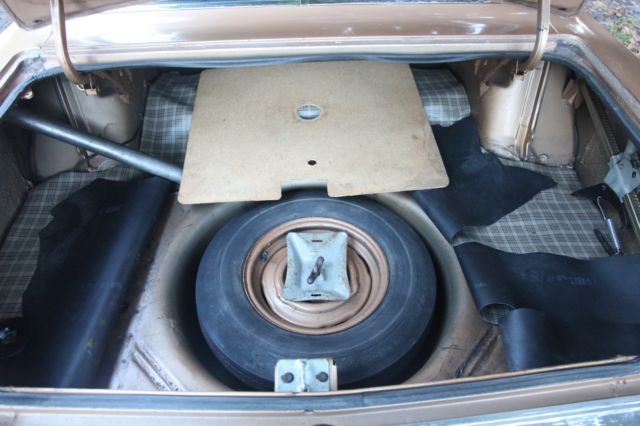1969 Plymouth Valiant 100 - 22,000 mile, mostly-original 4-door survivor
- Price:
- Make: Plymouth
- Model: Valiant
- Type: Sedan
- Trim: 100
- Year: 1969
- Mileage: 22,480
- VIN: VL41B9B391704
- Color: T3 Honey Bronze
- Engine size: 225 CID Slant Six
- Number of cylinders: 6
- Fuel: Gasoline
- Transmission: A904 Torqueflite
- Drive type: RWD
- Interior color: Black
- Drive side: Left-hand drive
- Vehicle Title: Clear
- Location: Miami, Florida, United States
Description
I've been proud to call this little gem my own for the last few years. Alas, I've been acquiring some other vehicles vying for the time and effort I should be putting towards to perfecting this beauty, and since A-bodies are not entirely my thing, this one has to go.
First off: Unlike some other cars with this sort of low mileage, paper documentation is - unfortunately - at a bit of a minimum. That is, short of the original build sheet, removed from the rear seats - in one piece, and in as good a shape as 48-year-old-build sheets come.
That says something right there, but following is the complete story of how I came to learn the backstory of the car without the benefit of paperwork:
I bought this Valiant locally from a gentleman who had acquired both this car and an unrelated '65 Valiant from his son, with the clock at just under 21,740 miles. He said it had been loaned for some local TV novellas over the course of his ownership, but couldn't really tell me much prior to that. However, I Googled the VIN and found that prior to that, the car had been previously been part of the stock at Ted Vernon Classic Cars (a.k.a. South Beach Classics) at around 18k (pic confirmed it, though I was stupid enough not to get a screenshot before they redesigned the website recently). At any rate, I dropped by the shop on a weekend to speak to the man himself, where I learned he picked it up at auction in North Carolina, and that its consignor - an older gentleman - had claimed to be the original owner.
And on that note, a word about the mileage and the body:
I pride myself on having a pretty sharp bull$hit meter, so I usually accept that any 5-digit odometers have a "1" in front of them, on any original car that's survived into the 21st century. However, just a cursory glance at the bottom and inside of this car was enough to make me realize otherwise. I'll go into more detail below, but the interior appeared so utterly un-touched by humans - perfect brake pedal and all - that not even a good faker could pull off - it's that nice, right down to the scratch-free seatbelt buckles, and the only area that shows any wear is the driver's door - on top, light wear from the driver's arm, and on the bottom, from where the belt retractor tends to whack the lower door frame.
Unfortunately, the previous owner had it listed as exempt, so exempt it is on my title, if I recall right (or some idiot at the DMV put a "1" on it; honestly don't remember). Will update this once I can take a look at the title again.
But back to the body:
The completely spotless floorpans with factory deadening spray also convinced me of the original mileage, as did the still-shiny-and-75%-original T3 Honey Bronze paint on this baby. It's the factory single stage on the passenger's side, roof, trunk, cowl, and hood. Now, on the driver's side fender, quarter, and both doors, the car has been repainted (this is how it came to me), and I'm certain this is from some an older and minor accident on the driver's side passenger door Though the paintwork and masking is absolutely top-notch, the bodywork under it leaves some to be desired - the gap is off, the bodyside edge could be a bit crisper, and there's a surface issue over the wheel arch. This also extends to the lower left quarter panel, which has a deviation in the body line (Bondo? Looks too uniform to be such) at the bottom edge, and also has a large rust bubble forming which needs attention ASAP. Inexplicably, the right quarter is 100% factory and pretty much as nice as you could ever ask a factory quarter panel to be in the year 2017, original paint and all.
This said, the original single stage is not 100% uniform over the car, and the variance in the hue and color in the photos should be apparent. There are also thin spots in the paint along the driprail edges. It is what it is - 48-year-old, singlestage paint on an economy car. I don't fault it for this.
The only other major issues I'd want to take care of are two small rust spots in the lower corners of the rear window (surprise - where else?). Even though I know ANY rust to show up in this area should always be treated as if the pinch weld below it is in shambles, I don't entirely believe this case is as critical - there has been no water intrusion into the trunk from these areas. Also, I regularly brush Ospho (phosphoric acid) onto these areas to prevent any further growth. I'm still bloody scared of pulling that rear window for repairing it, as every single window on this car is a date-coded original.
There are also some small dents and chips - most of the chips have been touched up "Grandpa paint-in-a-brush-bottle" style, but they've been done pretty well and hardly detract - most of them play quite well with the charm of the car's originality. You'll see them in the Flickr closeup pictures in the album linked below. Also, on the original-paint side, there's some sort of rough area - it's not rust - that's on the rocker panel under the passenger's front door, under the original paint. No, this does not charm the patina off my rockers (geez, that was a bad pun), but it is what it is. If I had to guess, it looks like factory filler that was accidentally splattered onto the rocker at the factory. Someone might know. I chalk it up to a build that reflects exactly what this car was back in the day: Inexpensive transportation.
One other thing, on the note of paint chips - this car was a one-side-mirror order, but the original owner had a pair of aftermarket mirrors installed. See the photos, and you'll note that this was not done with care, as there are some paint scrapes around the mirror bases. I have not been gutsy enough to pull either mirror off to see how much of a mess they made, and whether a pair of original mirrors could be installed in place with no further effort other than careful mounting.
One other major detail: The cowl "hat" vents DO NOT leak. They just don't. Take that, first-gen Mustang owners!
I know I'm probably missing something you want to know here, but I'm getting description overload from writing this - feel free to ask if you don't see it mentioned. But that said, without further adieu, we move to...
...the drivetrain:
-Engine:
Slant Six runs absolutely excellent. Larger, factory 1.7 RPM starter has been installed. Engine is running on new NGK spark plugs and new spark plug tube seals. Spark plug wires are replacements in good shape, but they're not the original type and so do not have the proper boots to cover the spark plug tubes; easy fix. Original points-style distributor (haven't checked part number to verify originality for year), new coil (but it didn't really need replacing). I adjusted the valve lash when I got it (and installed a new valve cover gasket), and it idles and accelerates as beautifully and as quietly as you could ever ask from a solid lifter drivetrain.
When I bought the car, the left side of the block, intake manifold, and exhaust manifold were rust brown from the original paint having flaked off. I'll admit that this is the only thing I found particularly odd to find on a then-21k car. I quickly re-did these areas with a mix of paint in a Preval sprayer to match the original, but it's not really a show-worthy job. The exhaust manifold's color is particularly off-setting to me; I wish I used a more cast iron-looking color.
-Carburetor:
Holley 1920 carb is a rebuilt unit from a number of years ago. List 2208 4162. It is not the original, though it is close to the correct one. I replaced all the seals in it when I initially bought the car, and though it works well, the casting in front is warped (typical) and has a slow, consistent leak from the bowl when parked. Also, it will bog if you punch it hard - especially just after a cold start (duh) - but it's quite well behaved when warmed up. Probably need to stretch the accelerator pump spring a bit.
-Cooling:
Radiator - has a pinhole at the top. Have driven it quite a bit like that and just top it off regularly; never encountered any other issue other than the fluid staining my nice original radiator after a long drive, and it never loses much. Upper radiator hose is - believe it or not - the original. As you can see, I live life dangerously for a bloody rubber stamp paint mark. Heater hoses are NOS genuine ribbed Mopar hose replacements for the originals (which were present when I got the car, but were rock hard and ready to burst), but it is not period correct - the lettering is for later '70s hose. But it's good stuff.
-Transmission:
Torqueflite 904 trans shifts really nice and smoothly, but sometimes will bang-shift into second if you let off the throttle just as the governor pressure rises. Even though I'm told this is just how they are (and the one on my '68 Satellite does the same), unfortunately, my conservative style of driving and my Torqueflites are are more often than not at odds with each other. I'm quite sure it could benefit from a slight bit of adjustment, at any rate.
-Rear end:
It's the original 7-1/4". I've done nothing to it other than look at it and marvel at how tiny it is and hope it holds up.
-Exhaust:
I seem to remember it being a 1-7/8" pipe or thereabouts - it's tiny. It's also rusty, but is possibly the factory unit from downpipe to the muffler. The muffler and tailpipe section are replacements from a '67 Dart to replace the ones supplied on the car (which were full of holes and rotted - presumably original, but too gone to know for sure). If I recall right, the muffler has a sleeve welded on the muffler to accommodate the original pipe diameter. Works fine and is super quiet though.
-Brake system and wheels:
This Valiant runs on its original small bolt pattern wheels mounted to its original 9" brakes. I've installed new pads and hardware throughout. Here's one difference though: There was a disc/drum master in the car when I got it, and I went ahead and installed a 1973 Valiant's drum/drum master to get away from the original nut-on-top master cylinder. This master works EXCELLENT to stop the car (a bit too well if you've let the drums sit and rust a bit for lack of use), but depending on how you like your drum brakes, you may find that the bore size makes it quite stiff and - for some - uncomfortable to hold at a light for an extended period of time. I don't mind it. Just something to be aware of; you might prefer to swap masters for a different pedal feel.
-Tires and alignment **important**
Now here's one of the important reasons I started to delve into other projects other than this car: It's riding on P195/75/R13 radials, second to the largest size you can still get for 13" wheels. But they're too small in diameter to be correct, so the car looks like it's riding too low, on roller skates. In the trunk is the used - but presumably original - bias-ply spare, which should give you a visual idea of the size difference. The problem is that between the factory upper control arms - which don't really give enough caster, unlike aftermarket tubular arms which correct for this - and the smaller tires, I can't get the alignment to the point where it'll track well. This car requires all your concentration to drive right now (not necessarily a bad thing), but it's not the way it should be, nor do I consider it advisable to drive in this state. It really needs the largest 13" tires on the market right now, along with tubular arms to get the extra caster, and if you want to go nuts, go up to SBP 14's and spray them T3 Honey Bronze to match. Part of me wanted to do this, but couldn't quite get myself to give up the original rims on a 22k-mile car.
Or if you're going to park the thing, just leave it the way it is. The Goodyear Infinity tires on it now are already quite old to begin with, so it really needs new tires anyway.
And with all that said, you can see this car (and yours truly) in this video - and you'll find in the description of said video, a huge photo gallery with much more detailed photos (than the highly compressed ones on eBay):
youtube.com/watch?v=-ApRNjGynA4
flickr.com/photos/43240189@N03/albums/72157685550515045
* * *
As is usual on eBay, a $500 non-refundable deposit is required within 24 hours of the auction's completion on a winning bid, or it gets relisted and/or sold to someone else. I encourage any serious bidders to drop me a line, perhaps ask a question or two, and share their interest in the car with me in advance, as I've had my run-in with deadbeats and scammers getting the winning bid.
With that said, please feel free to ask any questions, and if you're just here to enjoy the story and pictures, please do (and even then, feel free to drop me a line if you have a question or two).
Thanks!
P.S.: If you're new to classic cars and are just looking for a good "starter car" - as enticing as the low mileage may appear, this is not the car for you. It's a very unique example that has low enough mileage that it deserves the care of a pretty seasoned expert to get it to its best. I don't have the time or resources to give to it, and want to see it go to someone who does.
 1963 Plymouth Valiant blue and white 4 doors ALL Original Parts only 70,000 mile
1963 Plymouth Valiant blue and white 4 doors ALL Original Parts only 70,000 mile
Mileage: 70,000
 Original, Survivor, 1964 Plymouth Valiant, Runs Great!!!
Original, Survivor, 1964 Plymouth Valiant, Runs Great!!!
Mileage: 53078
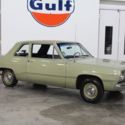 1968 Plymouth Valiant Survivor! All Original! MOPAR, SOLID! AC Car, LOW MILES!
1968 Plymouth Valiant Survivor! All Original! MOPAR, SOLID! AC Car, LOW MILES!
Mileage: 17,097
 Original, Survivor, 1964 Plymouth Valiant, No Reserve, Runs Great!!!
Original, Survivor, 1964 Plymouth Valiant, No Reserve, Runs Great!!!
Mileage: 53,078
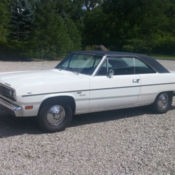 1971 Plymouth Scamp 2 door Survivor 318 A/C Mopar Dodge Dart Demon Valiant Hemi
1971 Plymouth Scamp 2 door Survivor 318 A/C Mopar Dodge Dart Demon Valiant Hemi
Mileage: 100,850
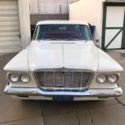 IMPRESSIVE 1962 PLYMOUTH VALIANT 4 DOOR SEDAN V200 WITH 28,600 ORIGINAL MILES!
IMPRESSIVE 1962 PLYMOUTH VALIANT 4 DOOR SEDAN V200 WITH 28,600 ORIGINAL MILES!
Mileage: 28,600
 CLASSIC 1962 PLYMOUTH VALIANT MODEL 4 DOOR SEDAN V200 WITH 28,600 ORIGINAL MILES
CLASSIC 1962 PLYMOUTH VALIANT MODEL 4 DOOR SEDAN V200 WITH 28,600 ORIGINAL MILES
Mileage: 28,600
 1971 plymouth cuda 340,4spd, 13,731 original mile Survivor SASSY with Billboards
1971 plymouth cuda 340,4spd, 13,731 original mile Survivor SASSY with Billboards
Mileage: 13,731
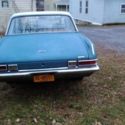 1963 Plymouth Valiant Survivor
1963 Plymouth Valiant Survivor
Mileage: 85000
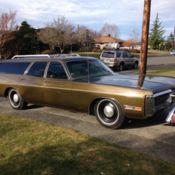 1972 Plymouth Fury Custom Suburban ~ Station Wagon ~ 60K Original Mile Survivor!
1972 Plymouth Fury Custom Suburban ~ Station Wagon ~ 60K Original Mile Survivor!
Mileage: 60,692
